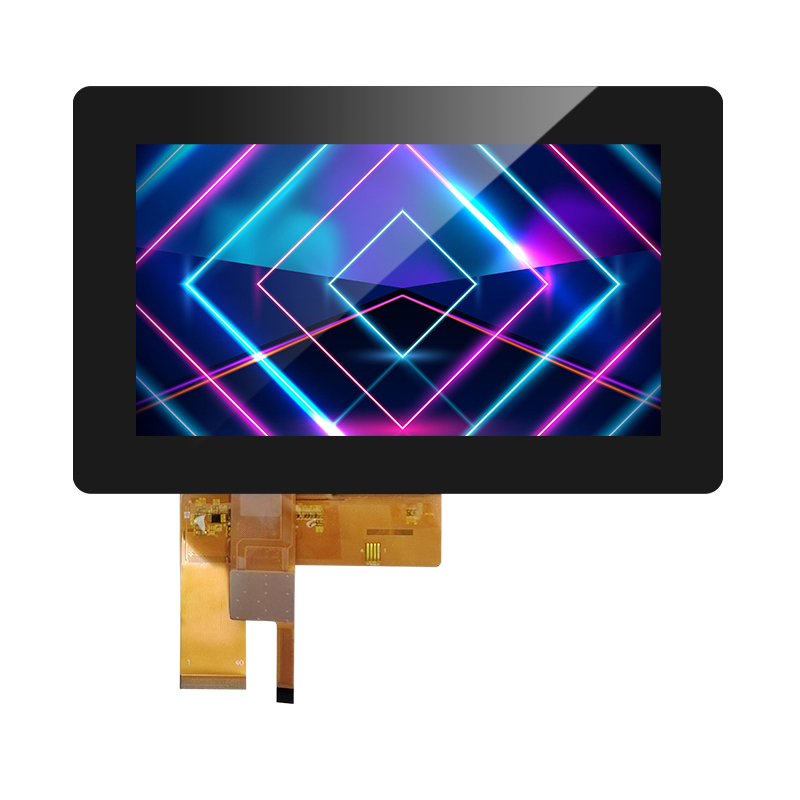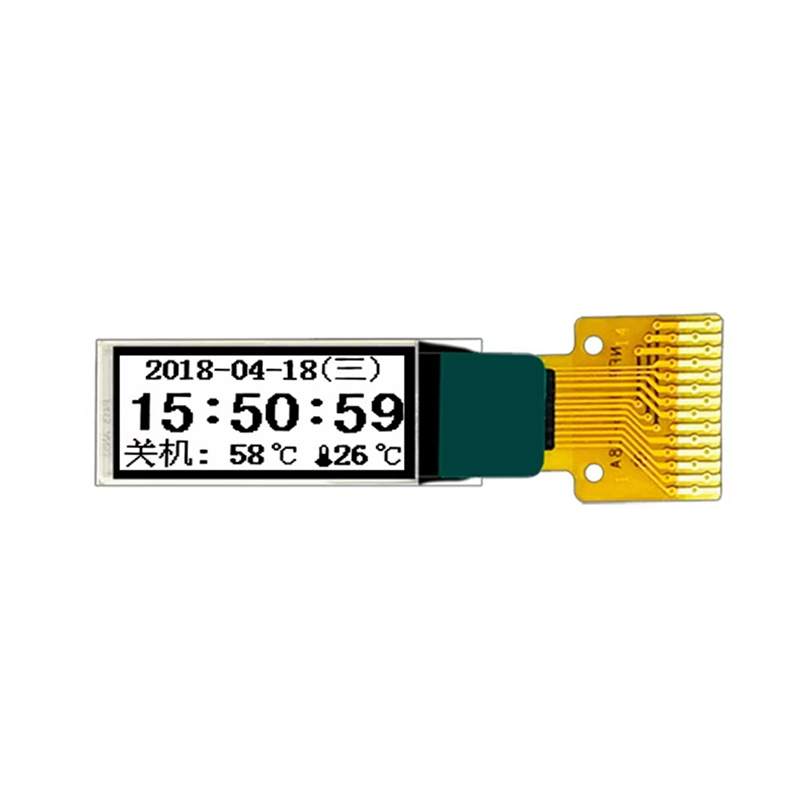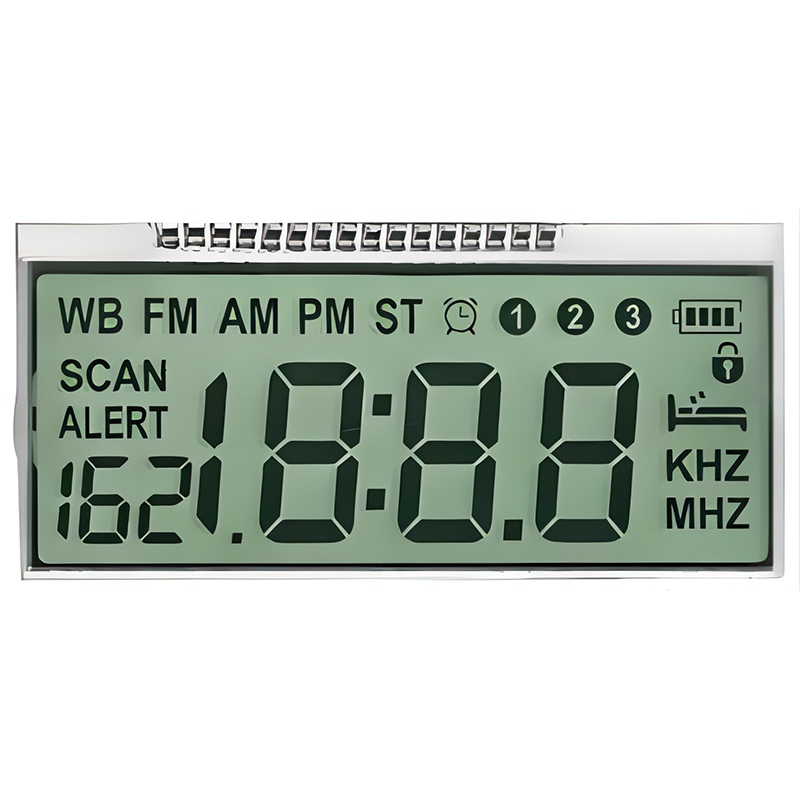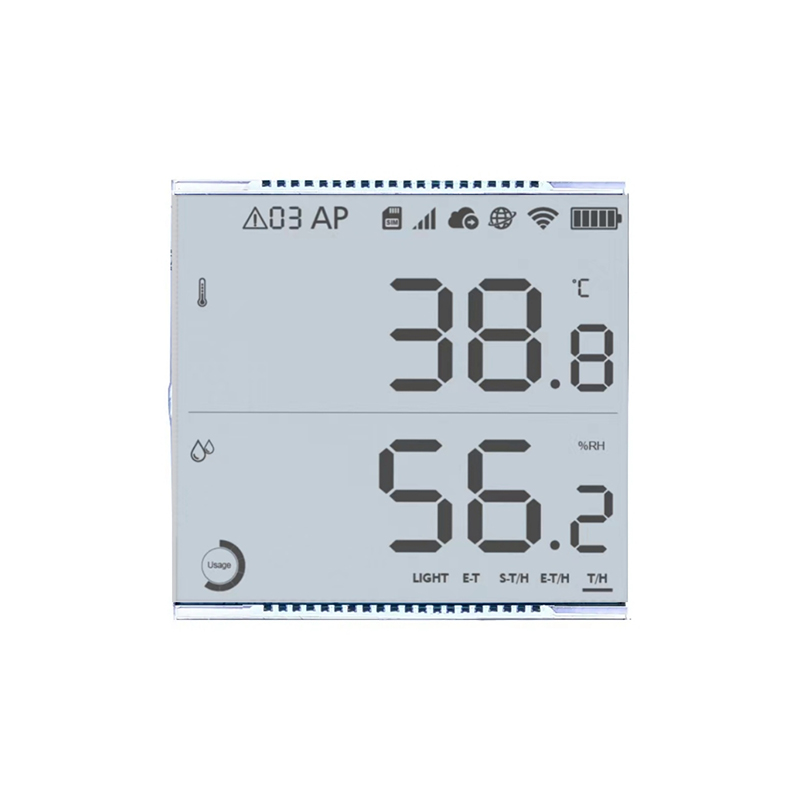FHD OLED Display: A Comprehensive GuideUnderstanding the nuances of a FHD OLED display can be crucial for anyone seeking a superior visual experience. This guide delves into the technology behind FHD OLED displays, exploring their advantages, disadvantages, and applications. We'll examine key features, compare them to alternative technologies, and help you make informed decisions when choosing a display.
What is an FHD OLED Display?
An
FHD OLED display combines the benefits of Full High Definition (1920x1080 pixels) resolution with the superior image quality offered by Organic Light-Emitting Diode (OLED) technology. Unlike LCD displays that require a backlight, OLED displays individually illuminate each pixel, leading to perfect blacks, infinite contrast ratios, and vibrant colors. This results in a breathtakingly immersive viewing experience.
Key Features of FHD OLED Displays
High Resolution: The 1920x1080 resolution (FHD) provides sharp and detailed images, perfect for everyday use and media consumption. Perfect Blacks and High Contrast: OLED's self-emissive nature allows for the creation of true black pixels, resulting in incredibly deep blacks and an exceptionally high contrast ratio. This dramatically improves image depth and realism. Wide Color Gamut:
FHD OLED displays often boast a wide color gamut, encompassing a broader range of colors compared to standard LCDs. This translates to richer, more lifelike visuals. Fast Response Times: OLED technology is known for its fast response times, which minimize motion blur, making it ideal for gaming and fast-paced content. Slim and Lightweight: OLED panels are inherently thinner and lighter than traditional LCDs, making them ideal for portable devices and sleek designs.
FHD OLED vs. Other Display Technologies
Choosing the right display technology depends on your specific needs and budget. Let's compare
FHD OLED displays with some popular alternatives:
| Feature | FHD OLED | FHD IPS LCD | FHD VA LCD |
| Contrast Ratio | Infinite | 1000:1 | 3000:1 |
| Black Levels | True Black | Gray | Dark Gray |
| Response Time | 1ms | 5-10ms | 8-15ms |
| Viewing Angles | Excellent | Excellent | Narrower |
Applications of FHD OLED Displays
The exceptional image quality of
FHD OLED displays makes them suitable for a wide range of applications:
Smartphones and Tablets
Many high-end smartphones and tablets utilize
FHD OLED displays for their vibrant colors and deep blacks.
Gaming Monitors
The fast response times and high contrast ratio of
FHD OLED displays are advantageous for gamers seeking a competitive edge.
Televisions
FHD OLED displays are increasingly popular in televisions, delivering a cinematic experience at home. For larger screens, higher resolutions like 4K are often preferred. However, FHD OLED remains a great choice for smaller TVs or budget-conscious consumers.
Laptops
Some premium laptops incorporate
FHD OLED displays, providing a stunning visual experience for productivity and entertainment.
Choosing the Right FHD OLED Display
When selecting an
FHD OLED display, consider factors such as screen size, response time, color accuracy, and brightness. Reading reviews and comparing specifications from reputable manufacturers is crucial. For high-quality displays and advanced display solutions, explore the possibilities at
Dalian Eastern Display Co., Ltd. – a leading provider of innovative display technologies.
Conclusion
FHD OLED displays offer a significant upgrade in visual quality compared to traditional LCDs. Their superior black levels, contrast ratio, and vibrant colors make them ideal for various applications. By understanding the key features and considering your specific needs, you can choose the perfect
FHD OLED display to enhance your viewing experience.
1 Data sourced from respective manufacturer websites.













